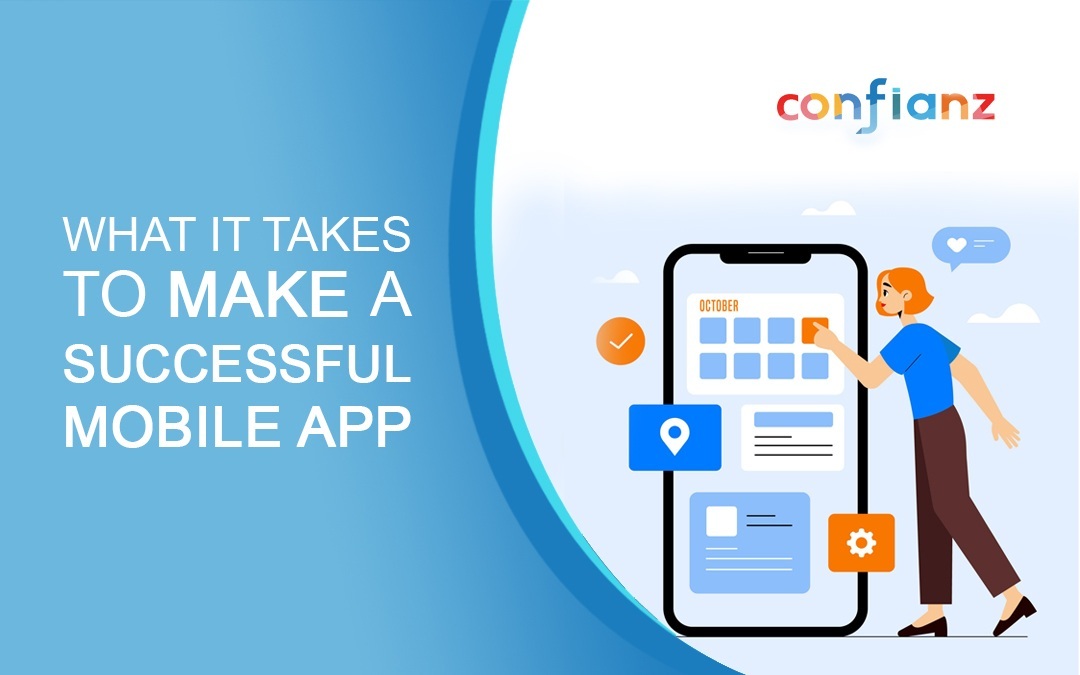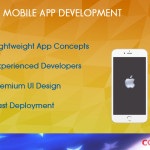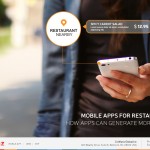Have you ever wondered what goes into making a successful mobile app? Apps don’t get created overnight and aren’t formed by magic (although, it can certainly feel like that with the right developers!)
First, let’s define what we mean when we say, “successful mobile app.” Essentially, we consider an app successful if it does what it’s supposed to do without causing friction for end-users.
Another way to look at a successful app is that it’s one that users engage with regularly. Getting 1 million downloads for your free app with in-app purchases doesn’t mean a lot if nobody uses it once they download it. A more successful free app might only get 100 downloads from people who buy an in-app subscription and use it every day.
There are several steps in the process of creating a mobile app that delivers value to your end-users, whether you’re making a B2B app, a B2C app, or an app that’s just for fun. In this article, we’ll give you a behind-the-scenes look at the process of creating an app from the ideation stage to launch and beyond.
9 Steps to Developing a Successful Mobile App
Here are the general stages involved in making a successful mobile app. If you work with a company like StackBench, you can get support through every step of the process, starting with generating an idea for an app that will benefit your end-users.
1. Have an idea
Every great app starts with an idea. To generate ideas for an app, think about problems that your end users are facing. Then, come up with an idea to solve them.
Customer-facing apps should offer tangible benefits that users will experience immediately when they download the app. This can include features that improve their productivity, such as making it easier to place an order or find a particular type of business near them.
2. Conduct market research
Once you have an idea for an app, you need to validate it through market research. During this stage, you’ll verify whether the problem you want to solve really exists and determine if there are already apps on the market that solve this problem.
The goal of this stage is to clarify your idea and narrow down your niche audience. Then, talk to people within that niche to find out their pain points and how an app could fix them. The more information you can gather from your target audience, the better.
3. Determine your revenue generation model
You have your idea and target audience nailed down. Now, how is your app going to make money?
It’s critical to finalize this step before you start developing your app to ensure that the design aligns with your revenue model. Here are some common ways companies make money with apps:
- Pay per download
- Pay for in-app features
- Paid subscription options
- Paid advertisements
- Selling merchandise
4. Define your budget
Come up with a realistic amount of money you can spend on your app. Think through the end results you want and the features you need. Then, consider what it will take to market your app
Be honest when you present your budget to app developers. If you find one that you want to work with who is over budget, ask about cutting back on some features to make it work. Don’t settle for the cheapest option automatically. With app development, you often get what you pay for. In the long run, it might be better to get fewer features in a quality, well-built app than to get everything you ask for in an app that has lots of problems.
5. Start designing your app
Now that you’ve done the grunt work of determining who your app is targeting, how you’ll make money, and how much money you can spend, it’s time to get to the fun part—designing your app! It’s essential to work with a designer who understands UX (user experience) and UI (user interface) design.
A good design will help your app get discovered and ensure that it’s easy for users to use once they find it. Conversely, users will quickly delete an overly complicated app because it doesn’t deliver the value they need.
6. Create a prototype
The best way to figure out if your idea’s going to work is to build it! An app prototype turns your idea into an app with basic functionality. This is an excellent way to test your ideas and design so you can determine what does and doesn’t work. You can use a prototype for early user testing to determine what users like and what other features they would want to see added.
Additionally, an app prototype can help you get funding. For example, if you’re going to be pitching to investors, an app prototype can help show them what you are trying to accomplish so they have a good idea of what they should expect out of your vision.
7. Make changes and test the app
Based on feedback from the prototype, your app developer will make changes to the app. Then, it’s time for testing.
During this phase, you can beta test your app with users to gauge their experience. Your developers will also test for bugs to ensure they aren’t present when it’s time to launch.
8. Deploy the app
Once your app has been developed and tested, it’s ready to be deployed! Your app developers will launch the app on the appropriate app store(s).
This step also involves writing a catchy app description that includes engaging app images so users can know what to expect.
9. Monitor and update
It would be great if you could launch an app and walk away, but that’s not how tech works. After your app is deployed, you’ll need to monitor it to fix bugs and make updates. Work with a reputable app development company like StackBench that offers support and maintenance for the lifetime of your app.
StackBench is Here to Help Every Step of the Way
At StackBench, we’re experts at developing mobile apps for businesses in a variety of industries. No matter what step of app development you are currently at, let’s talk! We can work with you to develop an app that will wow your customers and deliver a seamless experience.
Looking for the top-rated Enterprise Mobile App Development Agency in Charlotte, NC? Contact Us today!







